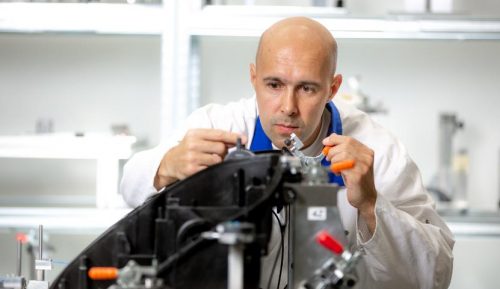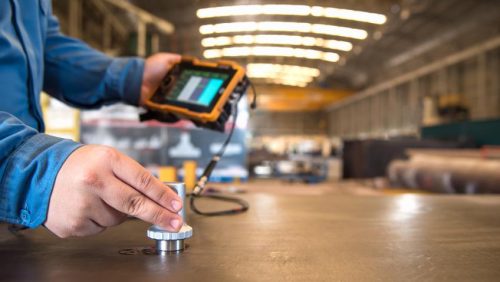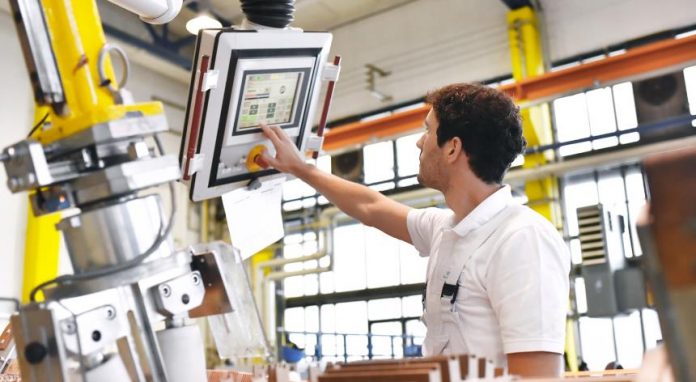High-quality product production is a primary emphasis in contemporary manufacturing. Manufacturers must use cutting-edge equipment and technologies that yield precise and accurate outcomes to do this. Machine tool metrology and inspection is one such technique that has grown in significance in maintaining manufacturing quality.
Do you want to learn more about machine tool metrology and inspection? Then, you’ve landed on the right article.
In the following sections, we will discuss the value of machine tool metrology and inspection for high-quality manufacturing. Let’s get started.
What is Machine Tool Metrology?
 The measurement science used in creating and inspecting machine tools is known as machine tool metrology. This technology uses very accurate measurement tools to assess the accuracy and precision of a machine tool. The objective is to confirm that the machine tool is generating components that adhere to the required tolerances and specifications.
The measurement science used in creating and inspecting machine tools is known as machine tool metrology. This technology uses very accurate measurement tools to assess the accuracy and precision of a machine tool. The objective is to confirm that the machine tool is generating components that adhere to the required tolerances and specifications.
Importance of Machine Tool Metrology and Inspection for Manufacturing Quality
Machine tool metrology is critical for ensuring product quality. It does so in the following ways to guarantee top-notch manufacturing quality:
Enhancing Quality Control
 Manufacturers can detect and fix any problems before the final product is completed by carefully measuring and checking the pieces generated by a machine tool. This improves the efficiency of the production process overall by removing costly errors, cutting waste and reducing wastage.
Manufacturers can detect and fix any problems before the final product is completed by carefully measuring and checking the pieces generated by a machine tool. This improves the efficiency of the production process overall by removing costly errors, cutting waste and reducing wastage.
Increased Efficiency
The manufacturing process might be seriously delayed by inaccurate machine tools. Machine tool metrology can even help small manufacturers find any problems with a machine tool and fix them before they result in a significant amount of downtime. This contributes to a reduction in overall production time and an increase in manufacturing process efficiency.
Improved Customer Satisfaction
Customer satisfaction depends heavily on the quality of the finished product. Manufacturers can verify if the final product meets the customer’s requirements and specifications by using machine tool metrology and inspection. Doing this can help improve client satisfaction and establish a reputation for making high-quality products.
Reduced Costs
 Manufacturing mistakes can be expensive. Machine tool metrology and inspection enable producers to identify any problems early in the manufacturing cycle, reduce the total cost of production. This can result in significant long-term savings.
Manufacturing mistakes can be expensive. Machine tool metrology and inspection enable producers to identify any problems early in the manufacturing cycle, reduce the total cost of production. This can result in significant long-term savings.
Types of Machine Tool Metrology and Inspection
Manufacturing employs a variety of machine tool metrology and inspection methods, including:
Optical Comparators
Optical comparators compare the attributes of a product part with a master image using magnification and lighting. This method is used to measure parts with simple geometry and is beneficial for locating any outward flaws.
Coordinate Measuring Machine (CMM)
Coordinate measuring machines are accurate measuring tools that take a probe measurement of a part’s dimensions. Both basic and complex geometries may be measured accurately using this method.
Ultrasonic Testing
 In ultrasonic testing, high-frequency sound waves are used to measure a part’s thickness and find any flaws or imperfections. Welds and other metal parts are frequently examined with the use of this technology.
In ultrasonic testing, high-frequency sound waves are used to measure a part’s thickness and find any flaws or imperfections. Welds and other metal parts are frequently examined with the use of this technology.
Surface Roughness Measurement
When measuring surface roughness, a stylus is used to assess the part’s surface. For components that need particular surface treatments, this technique is crucial.
Conclusion
To conclude, machine tool metrology and inspection are crucial for manufacturing high-quality products. Manufacturers can ensure that the finished products comply with the necessary requirements and tolerances by precisely measuring and examining the pieces generated by a machine tool. This technology aids in cost-savings, cost-control, efficiency improvement and customer satisfaction improvement.
These technologies allow manufacturers to create top-notch products while keeping a competitive edge over rivals.





































